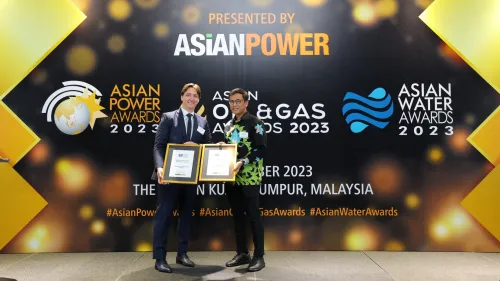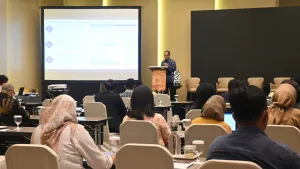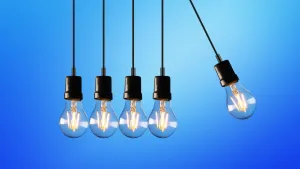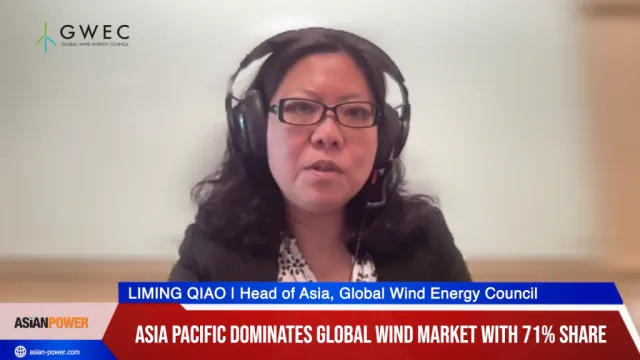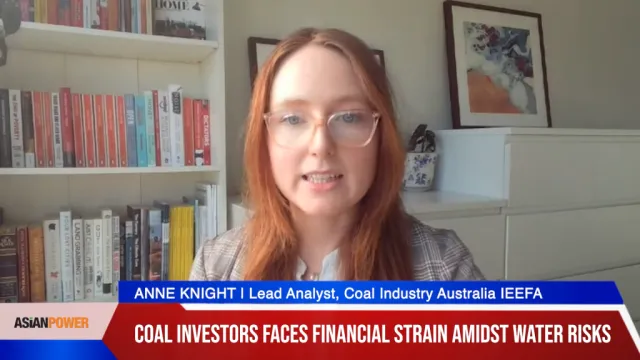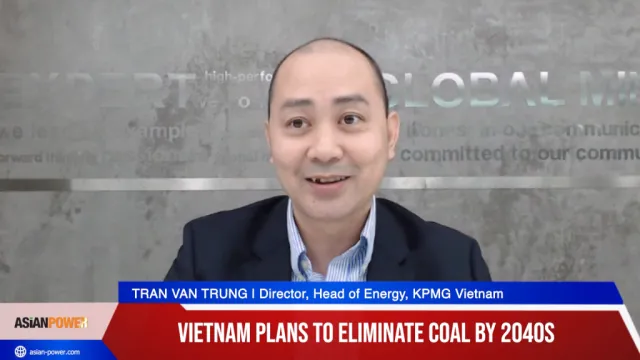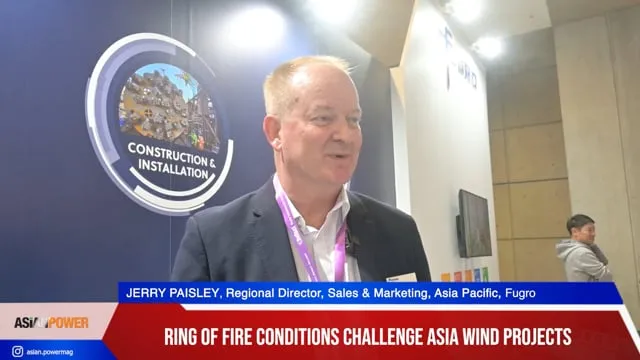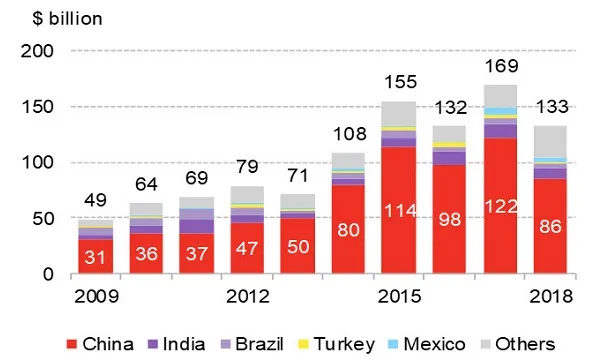
Clean energy investments in China fell to $86b in 2018
Investments across developing nation dropped to $133b from $169b in 2017.
New investments for clean energy in China fell to $86b in 2018 from $122b in the previous year, according to a study by BloombergNEF (BNEF). This mirrored a $36b drop in emerging markets’ clean energy investment figures, the largest ever tracked.
Across developing nations, new investment in clean energy projects dropped sharply to $133b in 2018, from $169b in 2017.
Inflows to clean energy projects in India slipped $2.4b YoY. Overall, declining costs for solar and wind was partly blamed for the fall in absolute dollar investment in emerging economies.
Excluding China, India and Brazil, the latter where it fell $2.7b, investments jumped to $34b from $30b over the same period. In particular, Vietnam, South Africa, Mexico and Morocco led the rankings with a combined investment of $16b in 2018.
Additionally, the volume of power derived from coal across developing nation jumped to 6,900TWh from 6,400TWh over the same period, whilst the number of newly-completed clean power plants stayed flat YoY. Coal accounted for 47% of all generation across the 104 markets.
Outside China, new clean energy installations in emerging markets rose 21% to hit a record-breaking 36GW commissioned in 2018, from 30GW in 2017, twice the clean energy capacity added in 2015 and three times the capacity installed in 2013.
Overall, the pace of new coal capacity added to grids in developing nations plummeted to 39GW in 2018 after peaking at 84GW in 2015. China accounted for about two thirds of this decline.
Of the total investments across developing nations, a large majority came from private sources of capital like international project developers, commercial banks, and private equity funds. Only $24.4b or 18% came from sources outside those countries. Inflows from development banks funded largely with OECD government funds did rise to a record $6.5b.
Under the 2015 Paris Climate Agreement, wealthy nations committed to provide $100b in “north-south” funding to developing nations. However, BNEF found that there is little to suggest that that this could be met anytime soon.
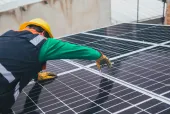

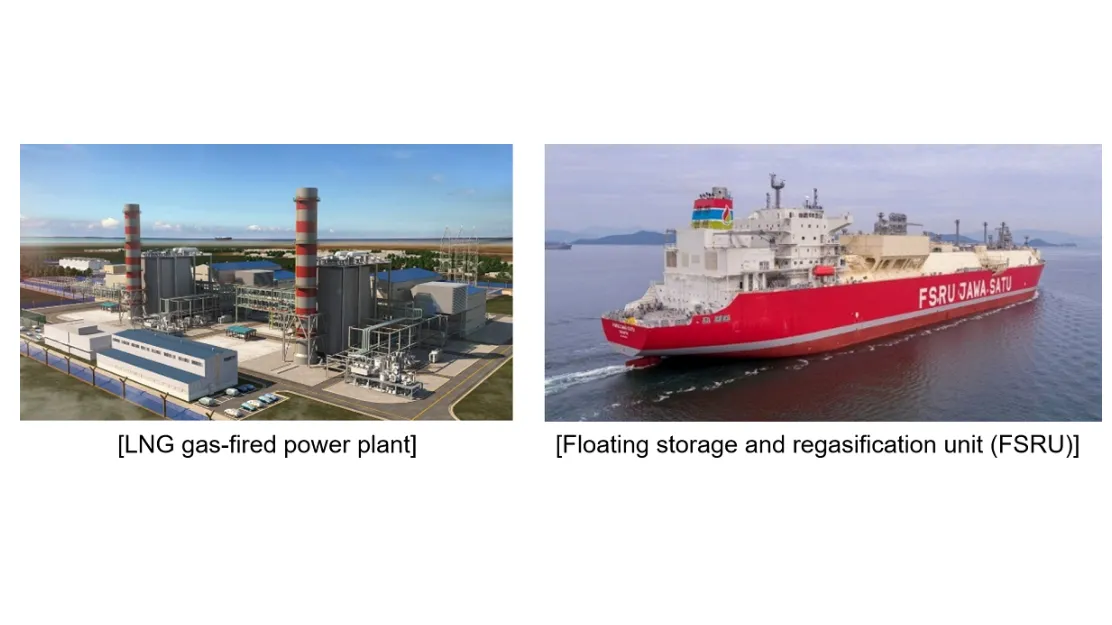
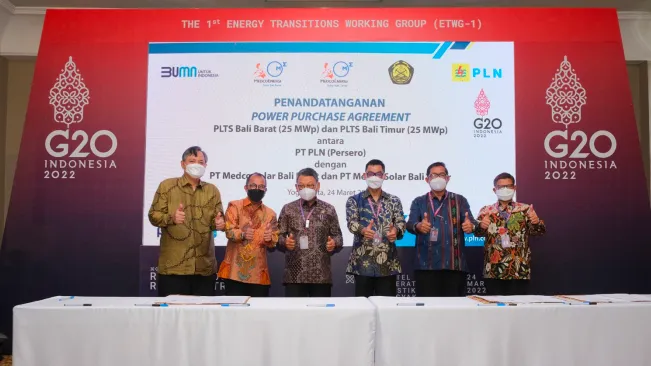
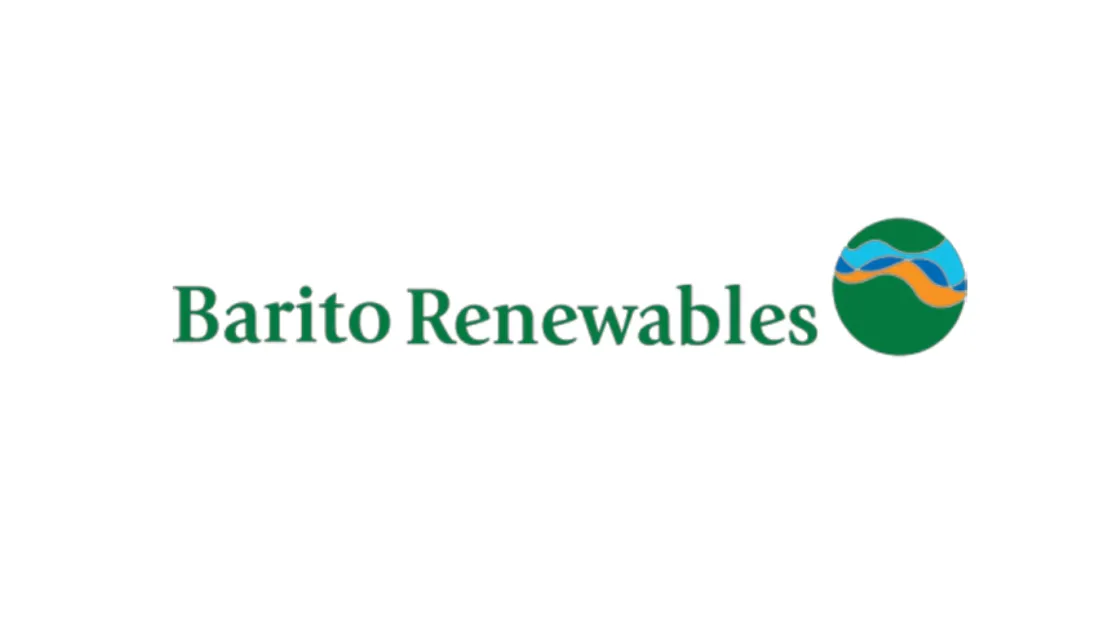

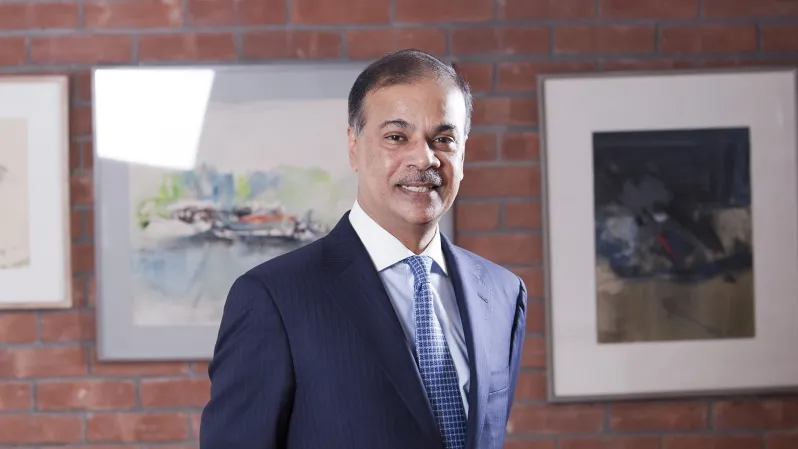
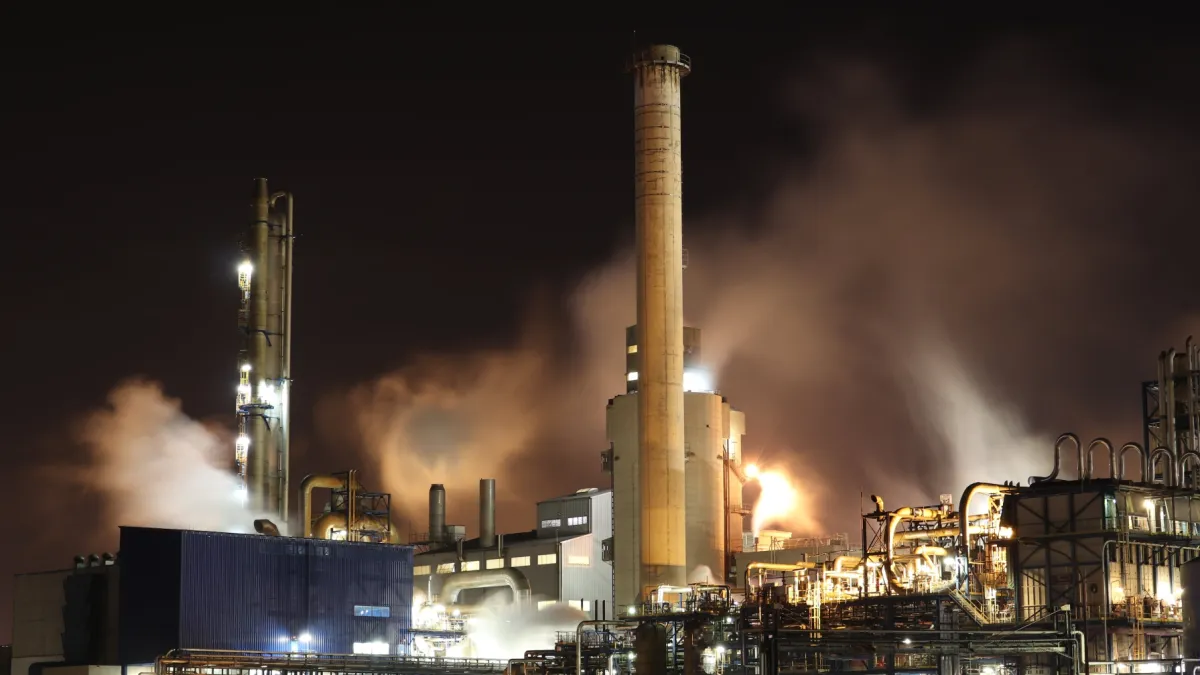

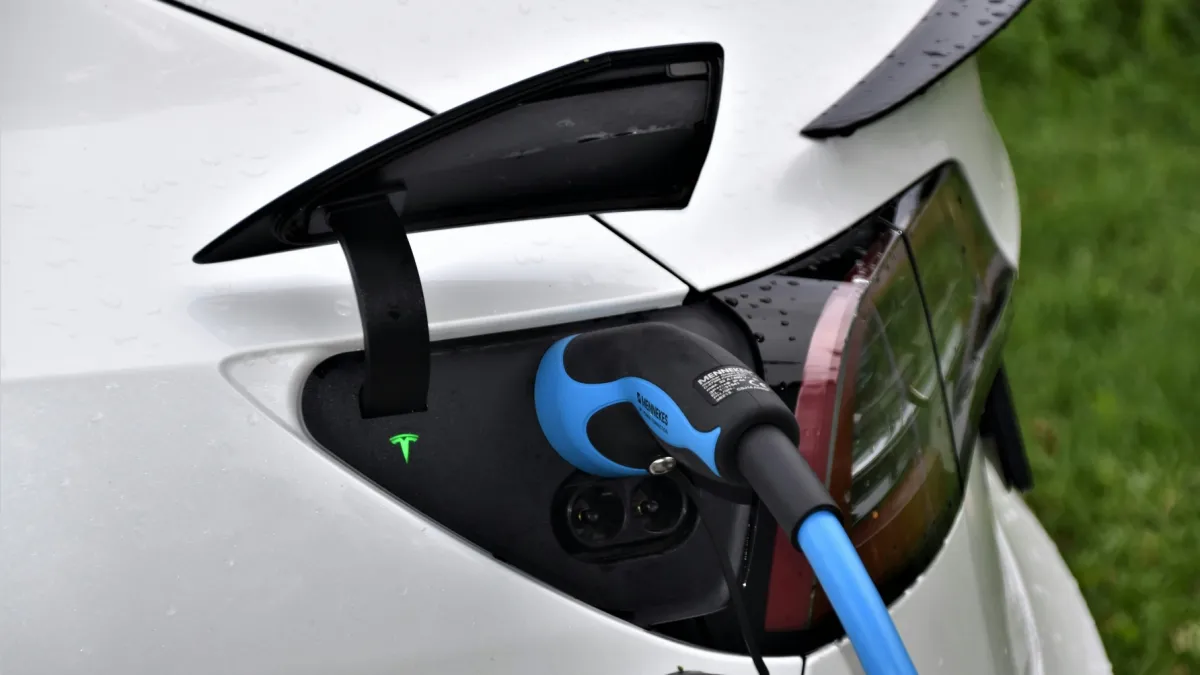
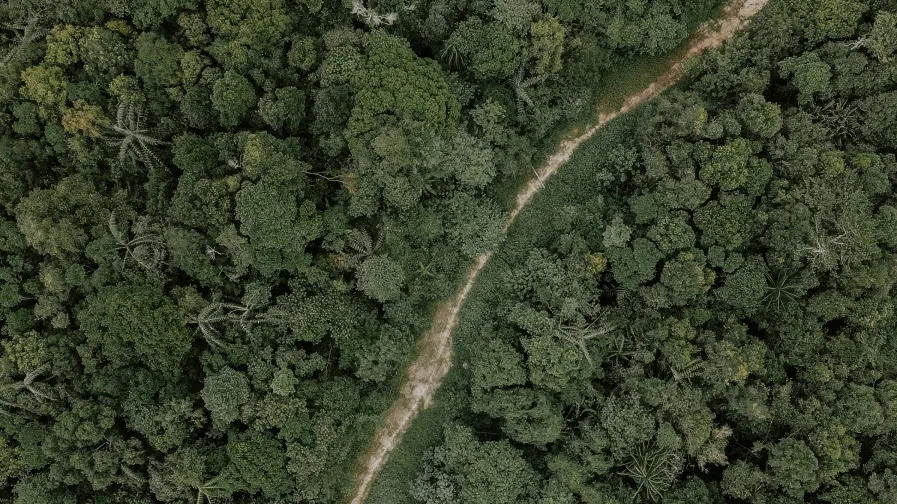


 Advertise
Advertise
